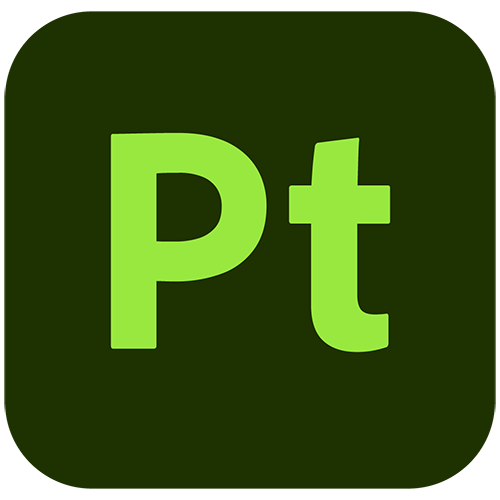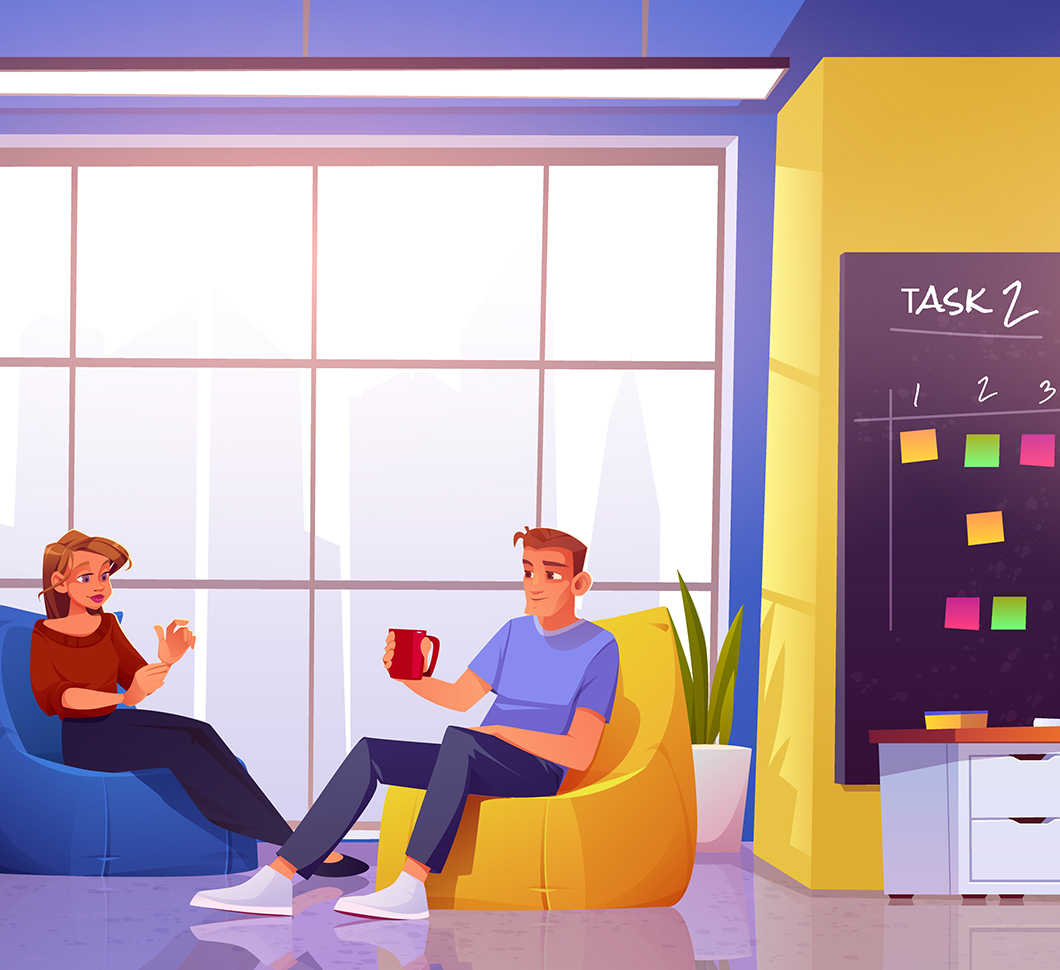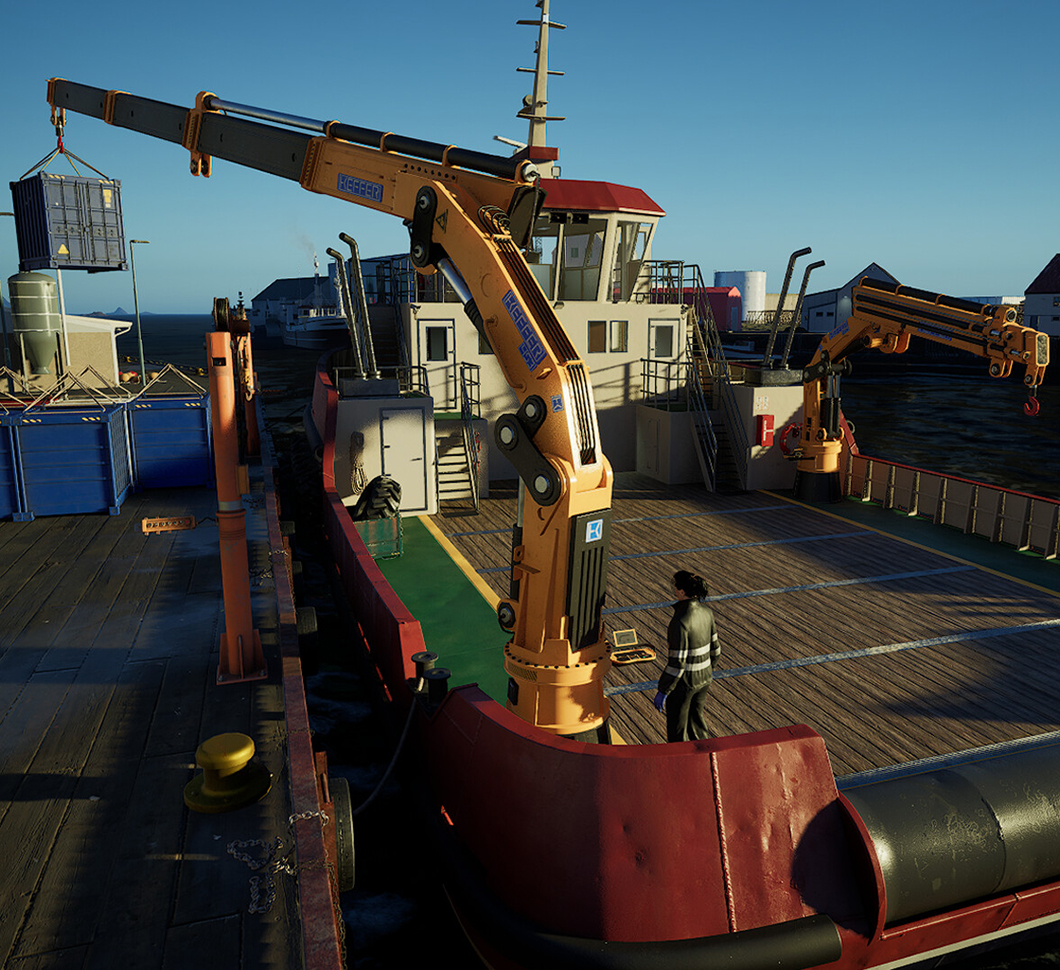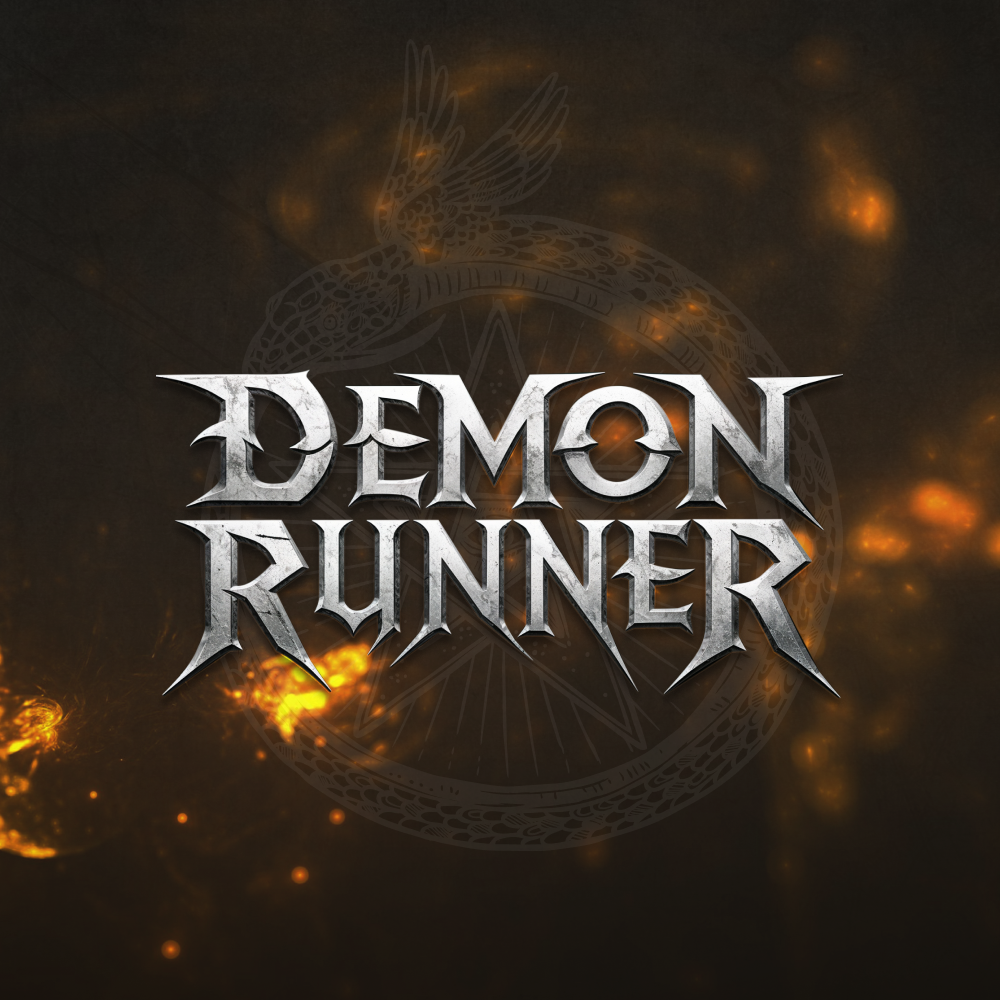Creating a successful RPG game requires a detailed understanding of game mechanics, storytelling, and player engagement. An RPG game development company should focus on clear goals and a realistic budget. Proper planning includes defining the game's core concept, characters, and narrative. Understanding player preferences and current market trends helps shape a game that appeals to a broad audience.
Technical aspects are crucial, such as selecting the right game engine and ensuring smooth gameplay. Collaborating with skilled designers, writers, and programmers can streamline development. Regular testing and feedback loops ensure the game meets quality standards. Balancing creativity with practical constraints allows for an innovative and feasible match. By prioritizing these elements, developing an RPG video game that stands out in a competitive market without risking financial stability is possible. Now let’s find out how to make an RPG video game!
What Is an RPG Game? — Insights to Learn

So, what is an RPG video game? An RPG, or role-playing game, is a genre where players assume the roles of characters in a fictional setting. In the world of video game genres, RPGs stand out due to their immersive storytelling, character development, and complex gameplay mechanics. Understanding what an RPG video game involves helps in grasping how to make a good RPG game.
RPGs typically feature a detailed narrative that drives the game's progression. Players interact with the game environment, NPCs (non-playable characters), and other players, making choices that impact the storyline. Key elements include character customization, skill progression, and inventory management. Successful RPGs offer a balance between a compelling story and engaging gameplay mechanics.
What are RPG games known for? They often include quests, battles, and exploration. Quests guide players through the story, battles provide challenges, and exploration allows discovering new areas and items. Each element contributes to the overall experience, keeping players invested in the game.
To understand how to make a good RPG game, focus on core aspects such as a well-crafted story, dynamic characters, and a responsive game world. The development process requires careful planning and execution. Start by outlining the game's plot and characters. Next, design the gameplay mechanics and ensure they align with the story. Selecting a suitable game engine is crucial for smooth performance. In Roblox, roblox game development often uses Lua + Roblox Studio as the engine stack. Regular testing and player feedback help in refining the game.
Creating an RPG involves understanding player expectations and delivering a captivating experience. By prioritizing these insights, you can develop an RPG game that resonates with a broad audience.
How Challenging Is It to Make a Full-Scale RPG?
Developing a full-scale RPG poses numerous challenges due to its complexity and scope. Crafting a detailed narrative requires extensive planning and creative writing. Ensuring cohesive character development and interaction within the game world demands meticulous attention to detail. Each character must have unique traits, abilities, and story arcs to enhance player immersion.
Technical challenges abound, starting with selecting an appropriate game engine. Popular choices include Unity and Unreal Engine, both offering robust tools for RPG development. Balancing performance and visual quality is crucial, particularly for large, open-world environments. Designing intricate gameplay mechanics, such as combat systems, skill trees, and inventory management, requires careful consideration and extensive testing.
Multiplayer functionality introduces another layer of complexity. MMORPG game development, for example, requires synchronized gameplay, server stability, and data management for a smooth multiplayer experience. Regular updates and bug fixes are essential to maintain player engagement and satisfaction.
Collaborating with a skilled team of developers, artists, writers, and testers is critical. Each member contributes to different aspects of the game, ensuring a polished final product. Budgeting and time management play significant roles in keeping the project on track.
Developing a full-scale RPG is challenging, but it is achievable with thorough planning, technical expertise, and a dedicated team. Focusing on the essential elements and proactively addressing potential issues can lead to a successful and engaging RPG game.
Exploring Different Types of Role Playing Games

Role-playing games come in various types, each offering unique gameplay experiences and design challenges. Understanding the differences between these types helps in deciding the best approach for development.
2D RPG games focus on simplicity and nostalgia. Classic titles like Chrono Trigger and Final Fantasy VI have set the standard. When considering how to make a 2D RPG game, prioritize strong storytelling, character development, and strategic gameplay. Tools like RPG Maker and Godot are popular for creating 2D RPGs due to their user-friendly interfaces.
3D RPG games offer immersive environments and complex mechanics. Games like The Witcher 3 and Skyrim are prime examples. For those wondering how to make a 3D RPG game, attention to detail in world-building and character animation is essential. Engines like Unity and Unreal Engine provide the necessary tools to achieve high-quality 3D graphics and physics.
Mobile RPG games need to balance depth and accessibility. Popular titles such as Genshin Impact and Raid: Shadow Legends demonstrate this balance. When learning how to make a mobile RPG game, consider touch controls, screen size, and performance optimization. Tools like Unity and Godot support mobile development, offering features tailored to mobile platforms.
Pixel RPG games blend retro aesthetics with modern mechanics. Titles like Stardew Valley and Undertale highlight the charm of pixel art. Those interested in how to make a pixel RPG game should focus on creating visually appealing sprite art and engaging gameplay. Software like Aseprite and RPG Maker are ideal for pixel art and 2D game development.
Each RPG type presents its own set of challenges and opportunities. By selecting the right tools and focusing on the key elements of each genre, developers can create engaging and memorable RPG experiences across different platforms.
Diving Deep into the Foundation of RPG Games
Understanding the fundamentals of RPG games is critical for successful creation. A compelling narrative, character advancement, and intriguing gameplay mechanisms are among the core aspects. The plot keeps players engaged, while character evolution delivers a sense of growth and accomplishment.
Gameplay mechanisms like fighting and exploration must be well-designed to keep players engaged. Choosing the appropriate game engine, such as Unity or Unreal Engine, is critical for performance and visual quality. Testing and player input assist in perfecting these features, resulting in a polished final product. Mastering these fundamentals creates the framework for developing an engaging RPG.
Knowing Your Audience
Identifying and understanding your target audience is essential for RPG game success. Different players have varying preferences, so tailoring your game to meet their expectations increases engagement and satisfaction.
- Demographics matter. Consider the age, gender, and geographical location of your potential players. Younger audiences might prefer fast-paced action and visually striking graphics, while older players might appreciate deep narratives and complex gameplay mechanics.
- Genre preferences. Analyze which sub-genres of RPGs are popular among your target audience. For instance, fans of fantasy settings might enjoy games like The Elder Scrolls, whereas sci-fi enthusiasts might prefer titles like Mass Effect.
- Player feedback. Engage with your community through forums, social media, and playtesting sessions. Gathering insights directly from players helps refine game elements and address potential issues early in development.
- Cultural relevance. Ensure your game's themes and content resonate with your audience's cultural background. Sensitivity to cultural nuances enhances player connection and reduces the risk of alienating potential players.
Tailoring your RPG to your audience's preferences and expectations is crucial. You create a game that truly resonates with its intended audience by focusing on demographic data, genre preferences, player feedback, and cultural relevance.
Perfecting Game Pacing
Balancing the pace of an RPG game is crucial for maintaining player interest and immersion. Effective pacing keeps players engaged without overwhelming or boring them.
- Story progression. Ensure the narrative unfolds at a steady pace, introducing new plot points and characters at appropriate intervals. Avoid long stretches of exposition or action without advancing the story.
- Quest design. Balance main story quests with side quests to provide variety. Side quests offer players a break from the main narrative and allow for exploration and character development.
- Difficulty curve. Gradually increase the game's difficulty. Start with easier challenges to help players learn the mechanics, then introduce tougher enemies and puzzles as the game progresses.
- Content distribution. Spread out significant events, such as boss fights or major plot twists, to keep players engaged. Avoid clustering too many crucial moments together or leaving long gaps without any excitement.
- Player feedback. Regularly gather and analyze feedback to adjust pacing. Players' experiences and suggestions can highlight pacing issues you might not notice.
Balancing these elements ensures a well-paced RPG game that keeps players invested from start to finish. Effective pacing enhances the overall gaming experience and encourages players to stay engaged throughout the entire journey.
Emphasizing Smaller Experiences
In RPG game development, smaller experiences contribute significantly to player engagement and satisfaction. These moments provide depth and variety, enriching the overall game experience.
- Character interactions. Develop meaningful conversations and relationships between characters. Personal stories and dialogues make characters feel real and relatable.
- Mini-games. Include entertaining mini-games that offer a break from the main storyline. These can range from puzzles to simple combat challenges, providing a refreshing change of pace.
- Hidden secrets. Scatter hidden items, secret areas, and Easter eggs throughout the game world. Players enjoy the thrill of discovery and feel rewarded for their curiosity.
- Environmental storytelling. Use the game environment to tell stories subtly. Background details, such as graffiti, abandoned campsites, or worn-out books, add layers to the narrative.
- Short quests. Design short, engaging side quests that enrich the game world without requiring a significant time investment. These quests provide quick rewards and enhance immersion.
- Dynamic events. Implement random events or encounters that surprise players and make the game world feel alive. These can include sudden ambushes, weather changes, or unexpected NPC appearances.
By focusing on these smaller experiences, developers can create a rich, immersive RPG game that captivates players. These elements add variety and depth, making the game world feel more vibrant and engaging.
Importance of Customization
Customization is vital in RPG games. It allows players to personalize their experience and connect more deeply with the game.
- Character appearance. Offer a wide range of options for customizing the protagonist's look. Hairstyles, facial features, clothing, and accessories help players create a unique avatar.
- Skill development. Provide diverse skill trees and abilities. Let players choose their character's strengths and weaknesses, tailoring gameplay to their preferred style.
- Equipment options. Include various weapons, armor, and gear players can acquire and upgrade. Customizable equipment enhances strategic depth and player engagement.
- Housing and bases. Allow players to build and personalize their own homes or bases within the game. This feature adds a sense of ownership and accomplishment.
- Companion customization. Extend customization to NPC companions. Let players select their companions' abilities, gear, and appearance, enhancing their bond with these characters.
- User interface. Offer options to customize the game's UI. Players appreciate the ability to adjust HUD elements, keybindings, and other interface settings to suit their preferences.
By emphasizing customization, RPG games can provide a more personalized and enjoyable experience. Customization options empower players, making them feel more invested in their characters and the game world.
Explore Game-Ace's Creation: Nomadland NFT Game

Nomadland is a play-to-earn NFT turn-based strategy game built with Unreal Engine. Players buy land, build farms, fight epic monsters, capture and upgrade enemies, and produce weapons and armor. Dive into an engaging world and explore the unique integration of NFTs in this dynamic RPG.
How to Create an RPG Game that Brings Success
Creating a successful RPG requires careful planning and execution. Understanding how to build a RPG game involves several key steps:
- Define the story. Craft a compelling narrative that drives player engagement.
- Character development. Design characters with depth and unique abilities.
- Gameplay mechanics. Develop balanced combat and exploration systems.
- Player feedback. Regularly test and refine the game based on feedback.
Learning how to make a roleplaying game means focusing on these elements to ensure a captivating and enjoyable experience.
How to Make an RPG in Unity
Unity is a versatile engine for creating RPG games. Whether you’re interested in making an RPG in Unity, a 2D or 3D game, Unity provides the tools and flexibility needed for successful development.
1. Planning phase. Start by outlining the game’s concept, storyline, and characters. Define the core mechanics, such as combat, exploration, and quests.
2. Choosing the game type. Decide if you are developing a 2D, 3D, card, or horror RPG. Each type has different requirements and challenges:
- 2D RPG game. Use Unity’s 2D tools for sprite management and tilemaps. Focus on pixel art or vector graphics for a classic look.
- 3D RPG game. Leverage Unity’s 3D capabilities with models, animations, and physics. Utilize assets from the Unity Asset Store to save time.
- RPG card game. Implement a card system with custom logic for card interactions, deck building, and multiplayer functionalities.
- RPG horror game. Create an eerie atmosphere using Unity’s lighting and audio tools. Develop mechanics for tension and scares, like stealth and survival elements.
3. Development phase. Utilize Unity’s built-in features:
- Animation. Use the Animator for character animations.
- Scripting. Implement gameplay logic using C# scripts.
- UI design. Design the user interface with Unity’s UI toolkit.
4. Testing and iteration. Regularly playtest the game to identify and fix bugs. Gather feedback from players to refine gameplay mechanics and balance.
5. Final touches. Polish the game with detailed environments, sound effects, and additional content. Optimize performance for smooth gameplay across different devices.
By following these steps, making an RPG in Unity becomes a structured process. Focus on planning, development, and refinement to create an engaging RPG experience.
How to Make an RPG Game in Unreal Engine 5
Unreal Engine 5 offers advanced tools and features for creating immersive RPG games. Understanding how to make an RPG game in Unreal Engine 5 involves leveraging its powerful capabilities.
1. Conceptualization. Start by defining the game’s concept, story, and characters. Outline the core mechanics, such as combat systems, exploration, and quest structures.
2. Selecting the game type. Choose whether to develop a 2D, 3D, card or horror RPG. Each type requires different approaches:
- 2D RPG game. Unreal Engine supports 2D development with Paper2D. Focus on sprite management and side-scrolling mechanics.
- 3D RPG game. Utilize Unreal Engine’s high-fidelity graphics and physics. Create detailed 3D environments and realistic character animations.
- RPG card game. Develop a card game logic system using Blueprints or C++. Implement multiplayer features and interactive UI elements.
- RPG horror game. Use Unreal Engine’s lighting and particle effects to create a terrifying atmosphere. Develop mechanics for tension, such as jump scares and survival elements.
3. Development. Leverage Unreal Engine 5’s features:
- Blueprints. Use visual scripting for rapid prototyping and logic implementation.
- Nanite and Lumen. Utilize these technologies for high-detail models and dynamic lighting.
- Animation tools. Implement character animations with Control Rig and Sequencer.
4. Testing and optimization. Regularly test the game to identify issues. Optimize performance using Unreal’s profiling tools to ensure smooth gameplay.
5. Finalization. Add detailed environments, sound effects, and additional content. Ensure the game is polished and runs well across different platforms.
Focusing on planning, development, and optimization streamlines the process of creating an RPG game in Unreal Engine 5. Use the engine’s powerful features to create an engaging and visually stunning RPG experience.
Popular Tools and Software for RPG Development
Creating an RPG requires various tools and software to handle different aspects of game development. Knowing which tools to use can streamline the process and enhance the final product.
 Unity. A versatile game engine ideal for 2D and 3D RPGs. As one of the most popular and widely recognized game engines, Unity supports a wide range of platforms and offers a robust asset store.
Unity. A versatile game engine ideal for 2D and 3D RPGs. As one of the most popular and widely recognized game engines, Unity supports a wide range of platforms and offers a robust asset store.
 Unreal Engine. Known for high-fidelity graphics and advanced features, Unreal Engine is perfect for 3D RPGs. Its Blueprint system allows for visual scripting, making it accessible for non-programmers.
Unreal Engine. Known for high-fidelity graphics and advanced features, Unreal Engine is perfect for 3D RPGs. Its Blueprint system allows for visual scripting, making it accessible for non-programmers.
 RPG Maker. Designed specifically for creating 2D RPGs, RPG Maker is user-friendly and requires no programming knowledge. That’s why it is considered perfect for those new to game development.
RPG Maker. Designed specifically for creating 2D RPGs, RPG Maker is user-friendly and requires no programming knowledge. That’s why it is considered perfect for those new to game development.
 Blender. An open-source tool for 3D modeling, animation, and texturing. Blender is essential for creating assets and environments in 3D RPGs. Being user-friendly and intuitive, it’s a popular choice.
Blender. An open-source tool for 3D modeling, animation, and texturing. Blender is essential for creating assets and environments in 3D RPGs. Being user-friendly and intuitive, it’s a popular choice.
 Photoshop. There’s no denying that this piece of Adobe Creative Suite software is widely used for creating textures, sprites, and UI elements. Photoshop is a powerful tool for 2D and 3D game art.
Photoshop. There’s no denying that this piece of Adobe Creative Suite software is widely used for creating textures, sprites, and UI elements. Photoshop is a powerful tool for 2D and 3D game art.
 Substance Painter. Another part of Adobe’s family, it serves as software for texturing 3D models. Substance Painter offers detailed painting tools and materials, enhancing the realism of 3D models.
Substance Painter. Another part of Adobe’s family, it serves as software for texturing 3D models. Substance Painter offers detailed painting tools and materials, enhancing the realism of 3D models.
 ZBrush. A digital sculpting tool used for creating high-resolution 3D models. ZBrush is ideal for detailed character and creature design. One of its benefits lies in handling incredible numbers of polygons.
ZBrush. A digital sculpting tool used for creating high-resolution 3D models. ZBrush is ideal for detailed character and creature design. One of its benefits lies in handling incredible numbers of polygons.
 Visual Studio. An integrated development environment (IDE) is used for coding in Unity and Unreal Engine. Visual Studio supports multiple programming languages and provides advanced debugging tools.
Visual Studio. An integrated development environment (IDE) is used for coding in Unity and Unreal Engine. Visual Studio supports multiple programming languages and provides advanced debugging tools.
 Fmod. A sound design tool for creating dynamic audio. Fmod is used to implement immersive soundscapes and effects in RPGs, enabling more realistic gameplay experiences for players.
Fmod. A sound design tool for creating dynamic audio. Fmod is used to implement immersive soundscapes and effects in RPGs, enabling more realistic gameplay experiences for players.
 Trello. A project management tool that helps teams organize tasks and track progress. Trello is useful for coordinating efforts and ensuring deadlines are met, making team collaboration more effective.
Trello. A project management tool that helps teams organize tasks and track progress. Trello is useful for coordinating efforts and ensuring deadlines are met, making team collaboration more effective.
Utilizing these tools effectively enhances the development process and improves the quality of RPG games. Each tool serves a specific purpose, from 3D modeling for video games to sound design, ensuring a well-rounded and polished final product.
How about developing an RPG game with pros? Let’s go!
Creating RPG Games with Game-Ace
Game-Ace, a custom game development company, specializes in creating captivating RPG games. Our team is skilled in crafting compelling narratives, ensuring each story element engages players. We use advanced tools and techniques to deliver stunning graphics, enhancing the immersive experience.
Our expertise in gameplay mechanics allows us to develop balanced and engaging systems, ensuring players remain invested in the game. Comprehensive testing is conducted at each development stage to ensure a smooth, bug-free experience. Our team handles everything from initial concept to final launch, providing a seamless development process.
Game-Ace has a proven track record of turning innovative ideas into successful RPG games. We pride ourselves on delivering high-quality projects that meet and exceed client expectations. For more information or to start your project, contact us today and let us build your RPG brick by brick!
 Key Trends Shaping Gamification in Recruitment for 2026 and Beyond
Key Trends Shaping Gamification in Recruitment for 2026 and Beyond  How to Create Crypto Casino Games the Right Way
How to Create Crypto Casino Games the Right Way  AI Recruitment Games: From Real-Time Assessments to Better Hiring Outcomes
AI Recruitment Games: From Real-Time Assessments to Better Hiring Outcomes  Games for Business: Proven Strategies for Engagement and Growth
Games for Business: Proven Strategies for Engagement and Growth  How to Design Learning Games for Kids That Teach Real-World Skills
How to Design Learning Games for Kids That Teach Real-World Skills 


































